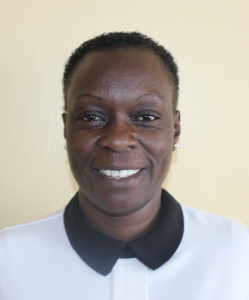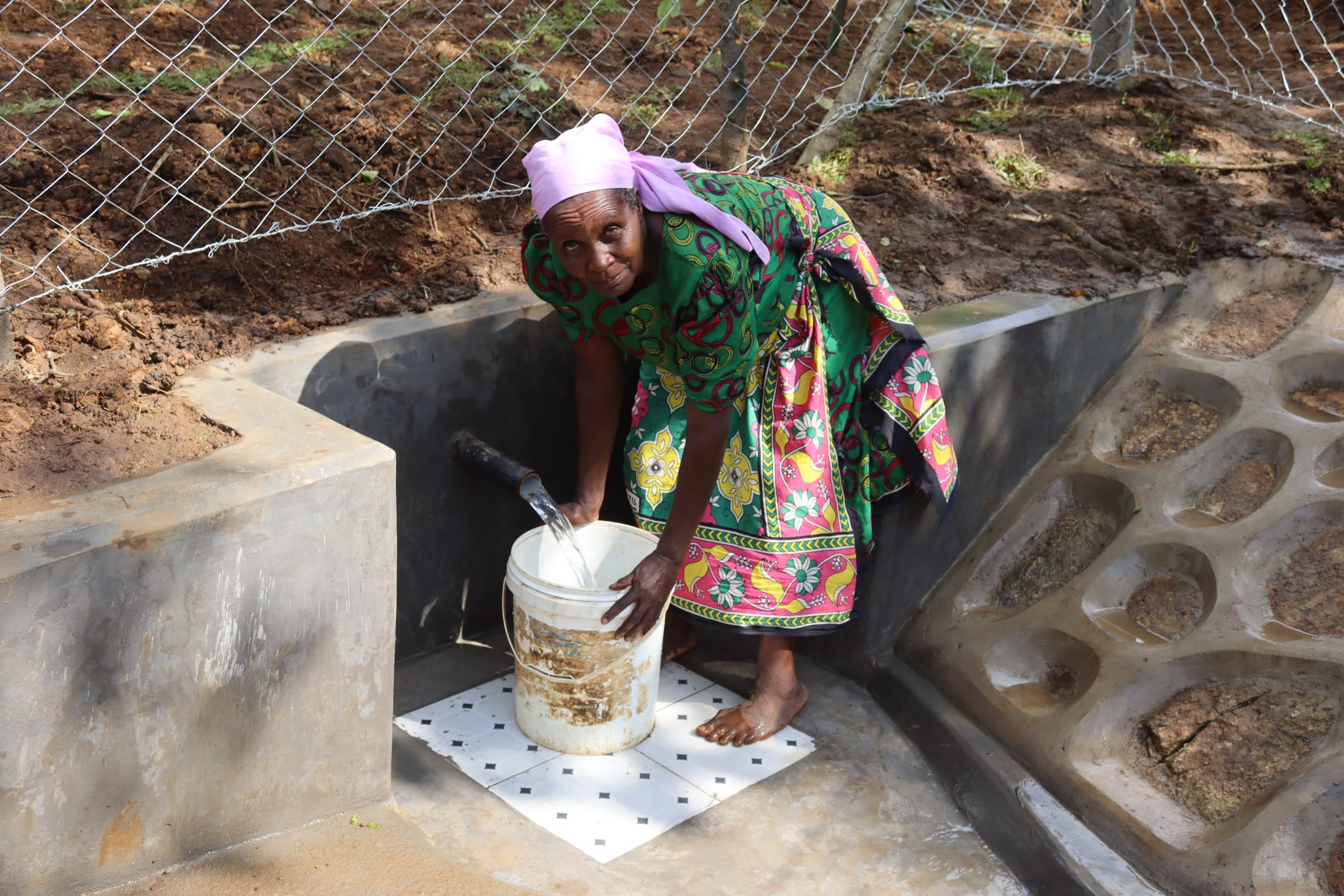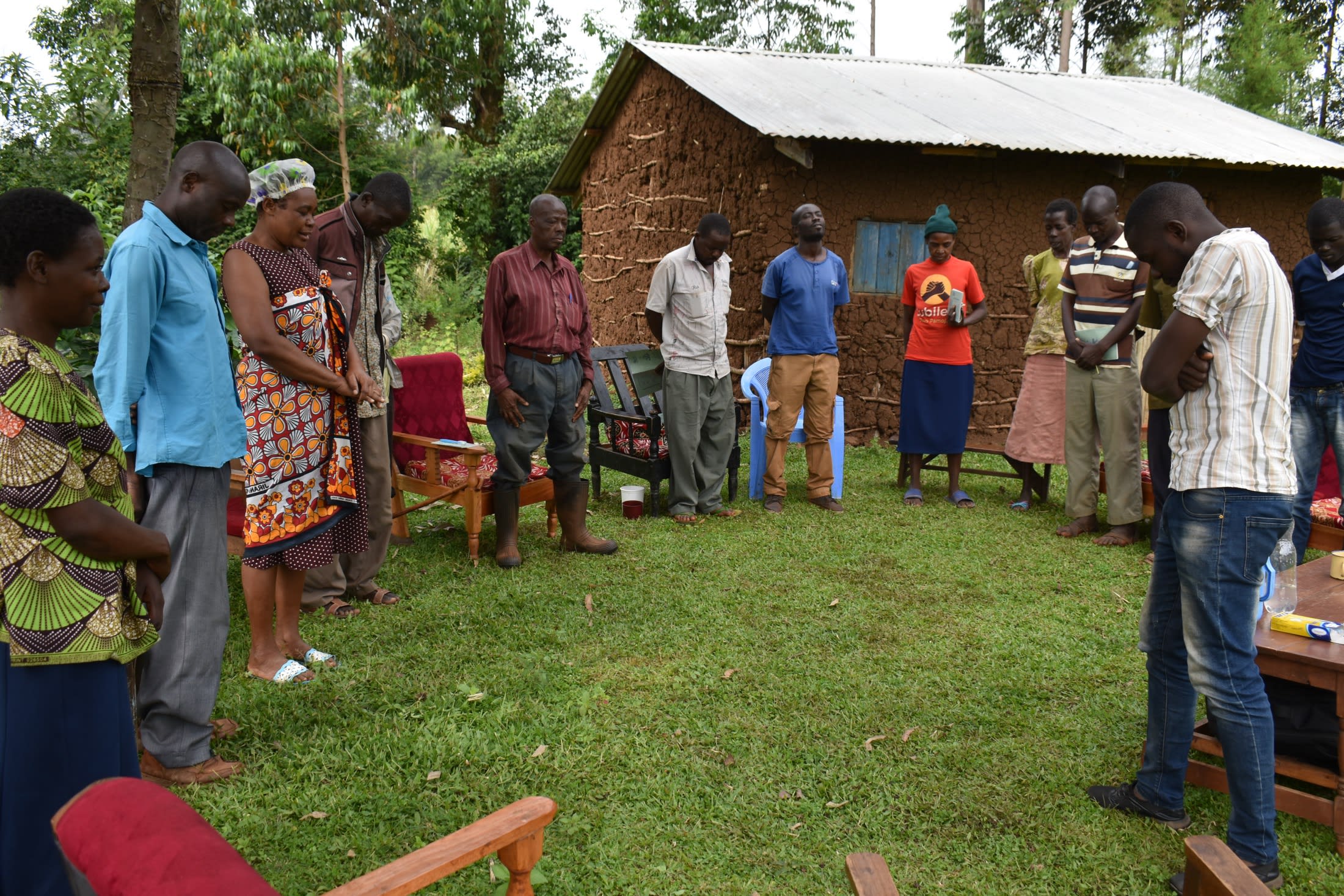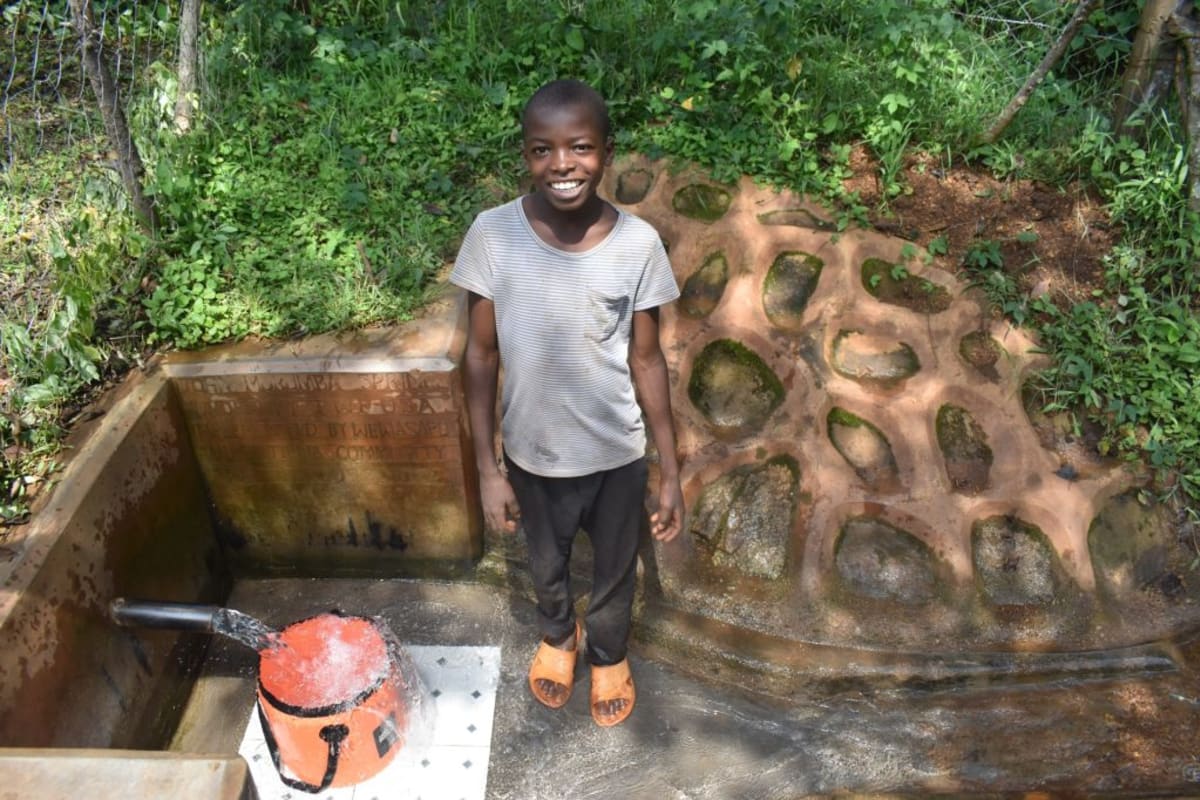Some of Shitirira Community's 245 people live an hour's walk away from John Murumba Spring, which is their only option for water. With multiple trips' worth of water needed each day, community members can waste an inordinate amount of time just getting the water they need to drink and accomplish daily tasks like cooking and cleaning.

During the daytime, the spring becomes crowded with many community members jostling for a place to scoop water. This is because John Murumba Spring is the only water point around that continues flowing through the dry season. So although the water is open to the elements (and any/all forms of contamination), it is still high in demand.
After all the time wasted in getting to the spring and waiting to draw water, the water still makes Shitirira Community members sick. The most prevalent illness in Shitirira is typhoid.

"In my own family, my husband has been taking medicine for typhoid [for] almost one year now without recovering," said Elizabeth J., 46, a local businesswoman (pictured above, in her kitchen.) "He is not recovering. We are using a lot of money on medication."
And in this community, Elizabeth's story isn't unique. Nearly every community member we spoke with mentioned being unable to afford the high costs of medication. Most community members earn meager incomes through farming and raising dairy cows. Not enough for them to pay for a spring protection on their own.
"I just feel bad when I go to [the] unprotected spring to draw water," said Elizabeth's daughter, Sharon, who is 16 (pictured below at the spring). "The spring is open to contamination. Everyone comes with his or her container and immerses [it] inside the water, thus contaminating the water, making it unsuitable for human consumption."

What We Can Do:
Spring Protection
Protecting the spring will help provide access to cleaner and safer water and reduce the time people have to spend to fetch it. Construction will keep surface runoff and other contaminants out of the water. With the community’s high involvement in the process, there should be a good sense of responsibility and ownership for the new clean water source.
Fetching water is a task predominantly carried out by women and young girls. Protecting the spring and offering training and support will, therefore, help empower the female members of the community by freeing up more of their time and energy to engage and invest in income-generating activities and their education.
Training on Health, Hygiene, COVID-19, and More
To hold trainings during the pandemic, we work closely with both community leaders and the local government to approve small groups to attend training. We ask community leaders to invite a select yet representative group of people to attend training who will then act as ambassadors to the rest of the community to share what they learn. We also communicate our expectations of physical distancing and wearing masks for all who choose to attend.
The training will focus on improved hygiene, health, and sanitation habits in this community. We will also have a dedicated session on COVID-19 symptoms, transmission routes, and prevention best practices.
With the community’s input, we will identify key leverage points where they can alter their practices at the personal, household, and community levels to affect change. This training will help to ensure participants have the knowledge they need about healthy practices and their importance to make the most of their water point as soon as water is flowing.
Our team of facilitators will use a variety of methods to train community members. Some of these methods include participatory hygiene and sanitation transformation, asset-based community development, group discussions, handouts, and demonstrations at the spring.
One of the most important issues we plan to cover is the handling, storage, and treatment of water. Having a clean water source will be extremely helpful, but it is useless if water gets contaminated by the time it is consumed. We and the community strongly believe that all of these components will work together to improve living standards here, which will help to unlock the potential for these community members to live better, healthier lives.
We will then conduct a small series of follow-up trainings before transitioning to our regularly scheduled support visits throughout the year.
Training will result in the formation of a water user committee, elected by their peers, that will oversee the operations and maintenance of the spring. The committee will enforce proper behavior around the spring and delegate tasks that will help preserve the site, such as building a fence and digging proper drainage channels. The fence will keep out destructive animals and unwanted waste, and the drainage will keep the area’s mosquito population at a minimum.

 Protected Spring
Protected Spring
 Rehabilitation Project
Rehabilitation Project


































